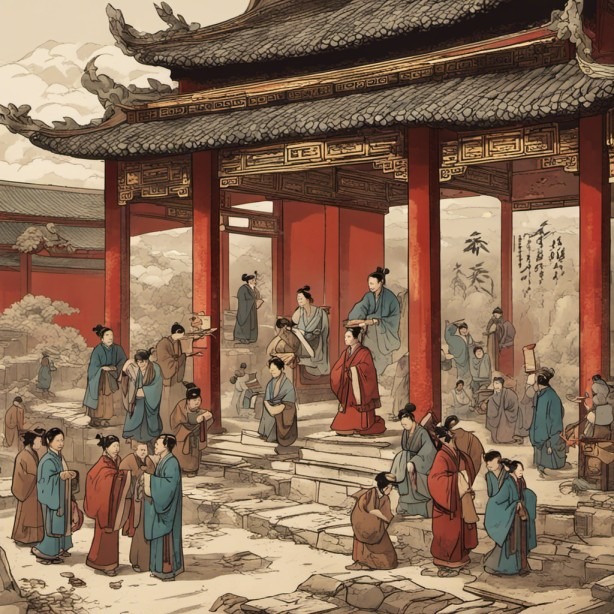
Ancient China Economy Unveiled
Sept 25, 2023
The Foundations of China’s Ancient Economy
Ancient China’s economic foundations were built upon agriculture, which employed most of the population. The two main crops grown were millet in the north and rice in the south. Farming techniques became more sophisticated over time, with inventions like iron plows and advanced irrigation methods boosting productivity. Land was distributed based on the well-field system, which gave each family a private plot to farm while contributing labor to communal lands.
Cottage industries developed alongside agriculture, with peasant households engaging in silk production, textile weaving, ironworking, and other crafts. This supplemental income provided a buffer against crop failures. As urban centers grew, domestic and international trade expanded. Merchants facilitated regional exchanges, while the Silk Road connected China to Central Asia and beyond.
Money and Currency in Ancient China
Ancient China was among the earliest civilizations to develop a system of metal coinage. The use of cast bronze and copper coins for transactions emerged in the 7th century BCE. These coins were widely circulated and played a crucial role in facilitating economic activities.
In the 3rd century BCE, during the reign of Qin Shi Huang, China witnessed the introduction of a standardized currency. This unified currency system aimed to streamline trade and enhance economic stability. The coins were circular with a square hole in the center, allowing them to be conveniently carried on strings.
As the government played an active role in managing the currency, officials were responsible for setting the values of coins. In times of inflation, the government intervened by confiscating and reminting coins to maintain stability in the economy. This proactive approach helped China avoid some of the pitfalls associated with metallic currencies, as observed in the Roman Empire.
Furthermore, it is worth noting that paper money made its appearance in ancient China during the 9th century CE, under the Tang Dynasty. This innovation revolutionized the concept of currency and facilitated trade and commerce on a larger scale. The use of paper money provided convenience and reduced the need for carrying heavy coins during transactions.
Overall, the development of metal coinage and the introduction of standardized currency, along with the later adoption of paper money, played significant roles in facilitating economic transactions and promoting trade in ancient China. The government’s active involvement in managing the currency helped maintain stability and mitigate the impact of inflation on the economy.
Trade and Commerce in Ancient China
Trade and commerce played a vital role in ancient China, facilitating the exchange of goods and resources both domestically and internationally. Chinese merchants were actively involved in domestic trade, utilizing various trade routes and marketplaces to ensure the supply of essential commodities to urban centers.
One of the significant domestic trade routes was the Grand Canal, which connected northern and southern China. This extensive waterway system allowed for the transportation of goods, including agricultural products, raw materials, and manufactured goods. Another important trade route was the Lingqu Canal, which linked the Yangtze and Pearl River systems, further enhancing trade and transportation within the region.
Merchant guilds played a crucial role in facilitating trade by providing financial services such as loans and establishing warehouses for storage. These guilds also served as intermediaries, connecting buyers and sellers and ensuring the smooth flow of goods and transactions.
International trade was equally significant in ancient China, with the Silk Road being a prominent trade route. Through the Silk Road, China engaged in trade with various regions, including Central Asia, the Middle East, Europe, and Africa. This trade route facilitated the exchange of a wide range of goods, including Chinese silk, porcelain, and paper, in return for Roman glass, wool, silver, and gold.
The Silk Road not only facilitated the exchange of goods but also fostered cultural exchange and the spread of ideas and technologies. It played a crucial role in connecting different civilizations and promoting economic growth and prosperity.
By the 2nd century CE, China had become a major exporter of silk, with millions of tons being exported to various parts of the world. The demand for Chinese silk was high due to its exceptional quality and craftsmanship, making it a highly sought-after commodity in international trade.
Overall, trade and commerce were integral to the economic development of ancient China, enabling the exchange of goods, fostering cultural exchange, and contributing to the prosperity of the empire.
Government’s Role in Ancient China’s Economy
The government’s role in managing the economy of ancient China was extensive and multifaceted. Officials were responsible for setting standards for weights, measures, and coinage to ensure consistency and facilitate smooth exchange in the marketplace. This helped to establish a reliable and efficient economic system.
To maintain stability and prevent famines, the government stored grain reserves. These reserves were used to stabilize prices during times of scarcity and ensure a steady food supply for the population. By managing these reserves, the government aimed to mitigate the impact of fluctuations in agricultural production on the overall economy.
The government also played a significant role in controlling key industries through monopolies. Industries such as salt, iron, and liquor production were under state control. This allowed the government to regulate production, quality, and distribution, ensuring a steady supply of essential goods and generating revenue to fund the imperial administration.
In addition to industry control, the government managed workshops staffed by artisans and laborers. These workshops produced various items for the imperial court, ranging from luxury goods to everyday necessities. By overseeing these workshops, the government could maintain quality standards and ensure the production of goods that met the needs of the ruling class.
Taxation was a crucial aspect of the government’s economic role. Taxes on agriculture, trade, and commerce formed the bulk of government revenues. A cadastral survey was conducted to assess the amount and productivity of land holdings, which served as the basis for agricultural taxation. Additionally, labor service and military conscription were forms of taxation that contributed to the government’s resources.
Overall, the government’s active involvement in managing the economy of ancient China helped to maintain stability, regulate industries, and generate revenue. This centralized approach aimed to ensure the smooth functioning of the economy and support the needs of the imperial administration.
The Rise and Fall of Ancient China’s Economy
For centuries, Ancient China’s economy thrived as the most sophisticated in the world thanks to advances in agriculture, trade, industry and innovation. Massive urbanization and commercialization were fueled by high agricultural productivity. China led globally in industries like iron production, silk weaving, porcelain manufacturing and papermaking.
However, political and economic challenges in the late 18th-early 19th centuries marked the beginning of China’s economic decline. The White Lotus Rebellion and subsequent Taiping Rebellion caused immense social disruption and loss of lives. Meanwhile, the Industrial Revolution transformed the Western world but China did not fully participate, remaining focused on traditional agriculture and handicrafts instead of machinery. Isolationist policies under the Qing dynasty also hindered technology transfers from Europe.
The Opium Wars (1839-42 and 1856-60) devastated China economically and politically. Unequal treaties forced open new ports and imposed indemnities, while ceding Hong Kong to Britain. This exposed domestic weaknesses and China’s inability to modernize its military to Western standards. As industrialization took hold globally, China’s overreliance on small-scale farming and lack of mechanization left it increasingly behind.
By the early 20th century, the remnants of China’s ancient economic system had been swept away. The establishment of the Republic of China in 1912 and Communist Party rule from 1949 brought massive political and economic restructuring. While China’s economy grew strongly in recent decades, it took over a century for the nation to regain a position of global economic leadership. The rise and fall of Ancient China’s economy demonstrates how geopolitical circumstances and failure to adapt can undermine even the most advanced societies.
Conclusion
“Indeed, the saga of Ancient China’s economy is nothing short of a thrilling odyssey. From the fertile fields of millet in the north to the lush rice paddies in the south, ancient farmers laid the groundwork for a prosperous civilization. Their ingenuity, seen in inventions like iron plows and advanced irrigation, paved the way for abundant harvests and a thriving society.
The introduction of metal coinage and later the revolutionary concept of paper money brought unprecedented convenience to economic transactions. These innovations, combined with the government’s vigilant management, ensured stability and resilience.
Trade routes, both domestic and international, were the arteries that pumped life into the empire. The Grand Canal and the Silk Road transformed China into a global economic powerhouse, fostering cultural exchange and economic growth.
Yet, this incredible journey also bears the weight of decline. Political and economic challenges in the 18th and 19th centuries set in motion a series of events that reshaped the destiny of the ancient economy. The Opium Wars, unequal treaties, and isolationist policies shook the foundations.
Nonetheless, like a phoenix rising from the ashes, modern China emerged, determined to regain its position of global economic leadership. This rollercoaster ride through time underscores how even the most advanced societies can face seismic shifts and transformations.
As we reflect on the rise and fall of Ancient China’s economy, we are reminded that history is a teacher, illuminating the paths of innovation, resilience, and adaptation. In this ever-changing world, the lessons of the past continue to guide us toward a future brimming with opportunity and promise.”
Provoking Articles for the Curious

How To Get Financial Freedom: Escape the Herd for Lasting Success

Legalized Food Poisoning: America’s Toxic Diet by Design
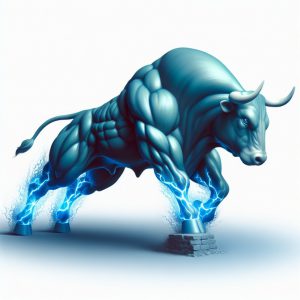
“””Investing for dummies”””: Follow The Trend
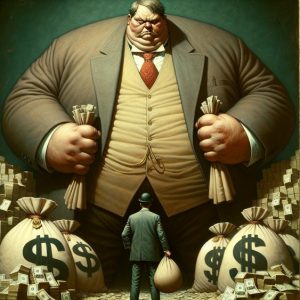
Executive Compensation Driving Share Buybacks
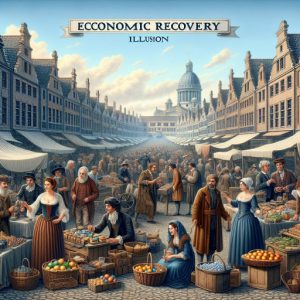
Illusions of Economic Recovery: Negative Interest Rate Controversy
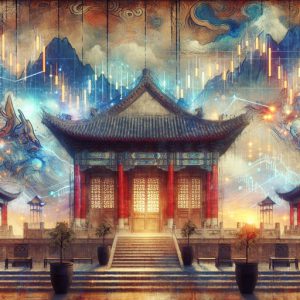
Mastering the Trading Range: Unlocking the Potential for Explosive Gains
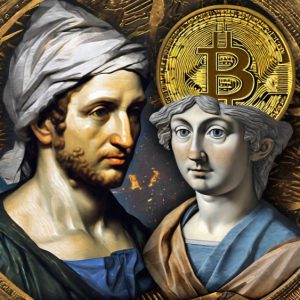
The Golden Symphony: Unveiling the Dynamics of the Gold to Silver Ratio
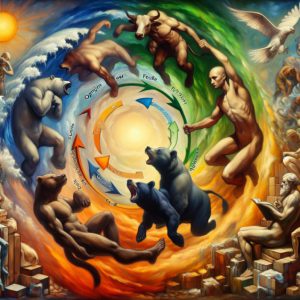
Inside the Market Psychology Cycle: Unveiling Trends and Tactics

South China Sea Showdown: Intensifying Heat on the Horizon
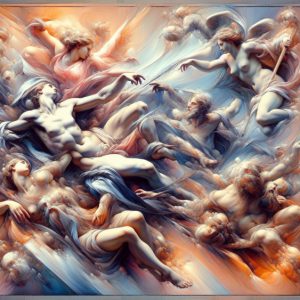
Will the Stock Market Crash: Analyzing Possibilities and Implications

China Quantitative Easing: Battling Economic Slowdown
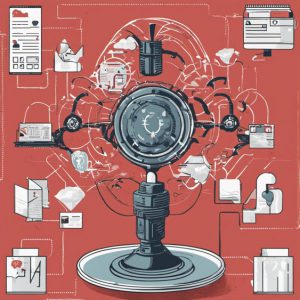
What is Data Manipulation: The Dark Side?
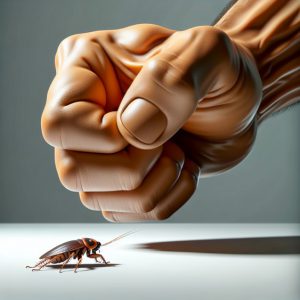
Corruption in China: Government’s Aggressive Crackdown on Wrongdoings
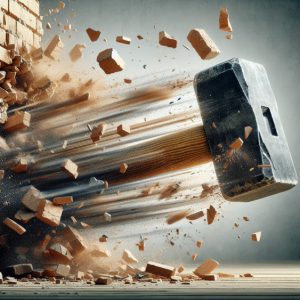
These Are The Things That Scare Americans The Most
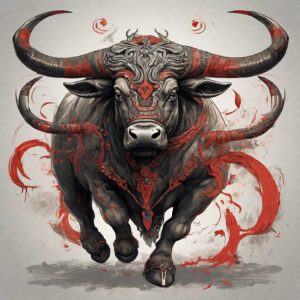
Exotic Art: The Fusion of Art and AI Brilliance


